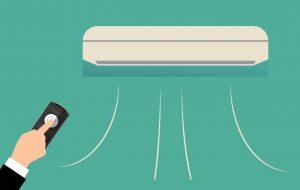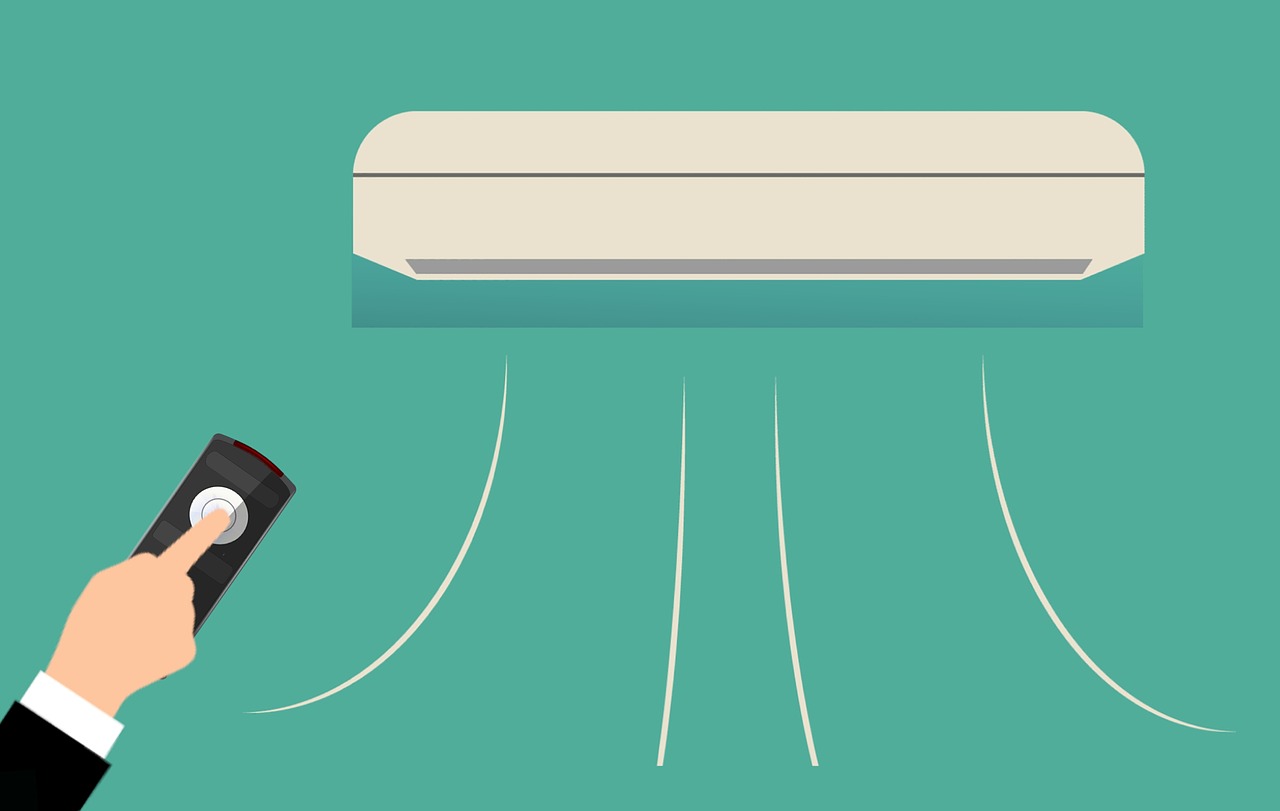An air conditioner is made up of several components. The compressor is the most obvious. The
compressor converts the refrigerant from a liquid to a gas. The refrigerant is then passed
through an evaporator in order to remove heat from the space. The unit then returns the cooled
room air. The remaining components in an air conditioner include the blowing unit (evaporator),
condenser and condenser.
These components cool and dehumidify air in the room. The compressor is complex and should
be inspected regularly by a professional to avoid damage or premature wear. Condenser is
another important component. This heats the interior unit and then transfers it to the outside. It is
composed of hollow coils. These coils carry the refrigerant, and the compressor is its main
component.
Another important component of an air conditioner is the coils. They are made up of tubes with
metal fins that are covered with copper and are designed to transfer heat to the evaporator.
Coils are an important part of air conditioning as they can improve cooling performance while
protecting your health. For optimal performance, clean coils are vital. The coils can become
clogged with debris and cause the air conditioner not to deliver the cooling it promised.

To reduce energy consumption, fan blades usually are made of plastic. However, stainless steel
is used in some applications. It is heavy and resists corrosion. The compressor is the most
powerful component of an air conditioner system. However, the compressor consumes more
power than the fan. However, the fans may produce excessive vibrations if they are misaligned.
The expansion valve controls the amount and temperature of refrigerant released by the
evaporator.
Another component of an AC conditioning system are the thermostats. Thermostats monitor
indoor air temperatures, and send signals to the other components of an air conditioning system.
The thermostat will send a signal to the system that the temperature should be decreased. Air
conditioning systems draw heat from the house through return air conduits. The air is then
passed through filters and a cold evaporator coil.
The compressor is the central component of an air conditioner. It is the most expensive part of
the system and is responsible for most of the energy that the air conditioning system uses. Its
function is to compress the refrigerant which is warm when it enters a compressor. After cooling
down, the cool gas is transferred through the interface pipes to the interior panel. The cooling
cycle is repeated continuously. A malfunctioning compressor could disrupt this cycle and cause
the fins of the evaporator to freeze.
Condenser is another component that aids in cooling an air conditioning system. The condenser
is composed of the first and second condenser section, which are connected by a longitudinal
line 82. They also have first and second evaporator sections, and a condenser air delivery
assembly 90 and 92. Auxiliary components are electric motors and other components of an air
conditioner.
Copper pipes connect the indoor units and outdoor units of an AC system. Copper pipes are
strong and the best material to make air conditioning components. This article will explain why
copper is a better choice for these pipes, and why other materials are not a good option. Air
conditioners are designed to cool the air while removing moisture. Ideal relative humidity for
humans is between 40-60%. If the temperature exceeds these levels, the air conditioning
system won’t work.
The refrigerant is another component of an air conditioner. The filter traps particles that are
blown into an air conditioner’s internal components and protects them. The filter protects and
improves air quality in the home by trapping particles that are blown into the system. An unclean
filter can cause damage to the equipment. To ensure your system runs at its best, you should
change your filter as often as necessary.
There are many different types of air conditioning systems. A central air conditioner is a good
choice if you have multiple rooms or live in a large house. On the other hand, you can choose a
split system that regulates air through a duct in your home. A split system, also known by a
ducted system of air conditioning, is made up of two main units. The outdoor unit has a
compressor and condenser while the indoor unit has evaporator coils and an air handler. These
two units work together to pull heat from the indoor air and push cool air through the ducts to the
rooms.

